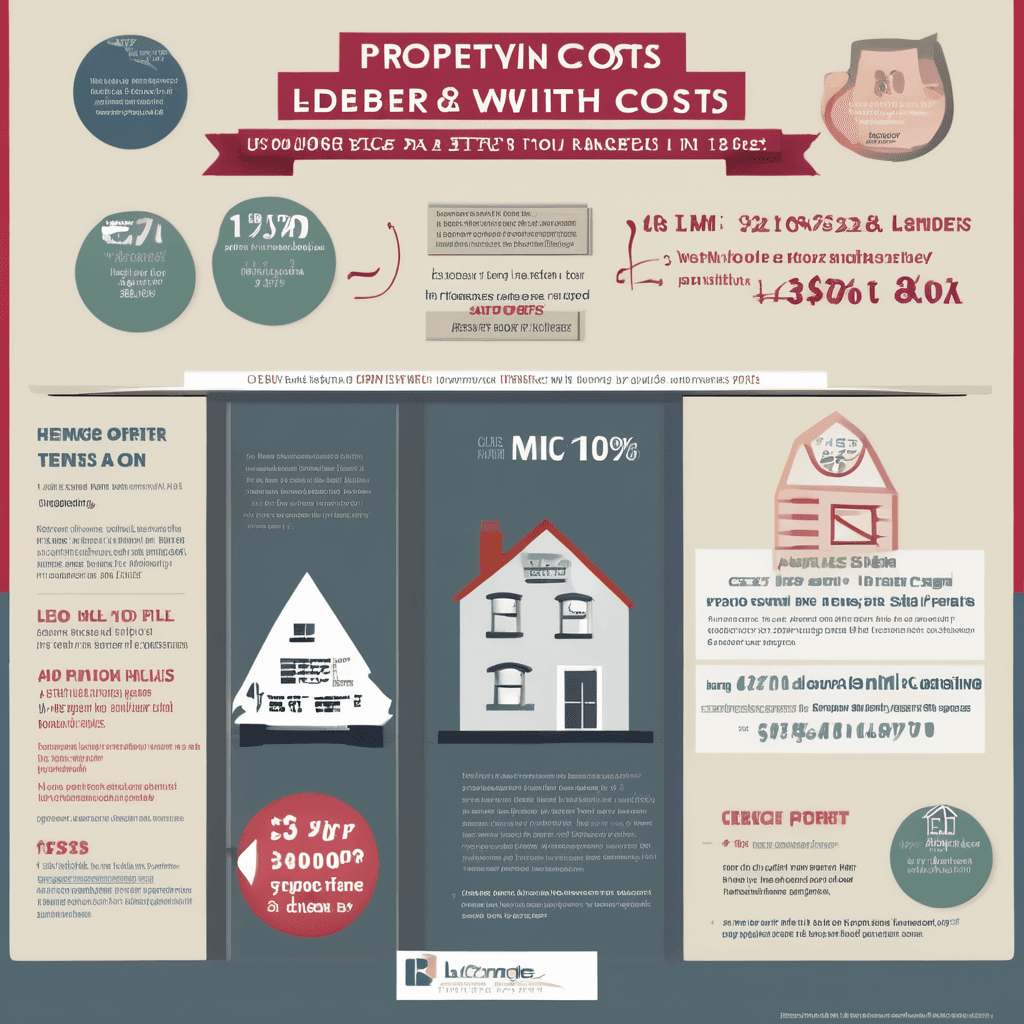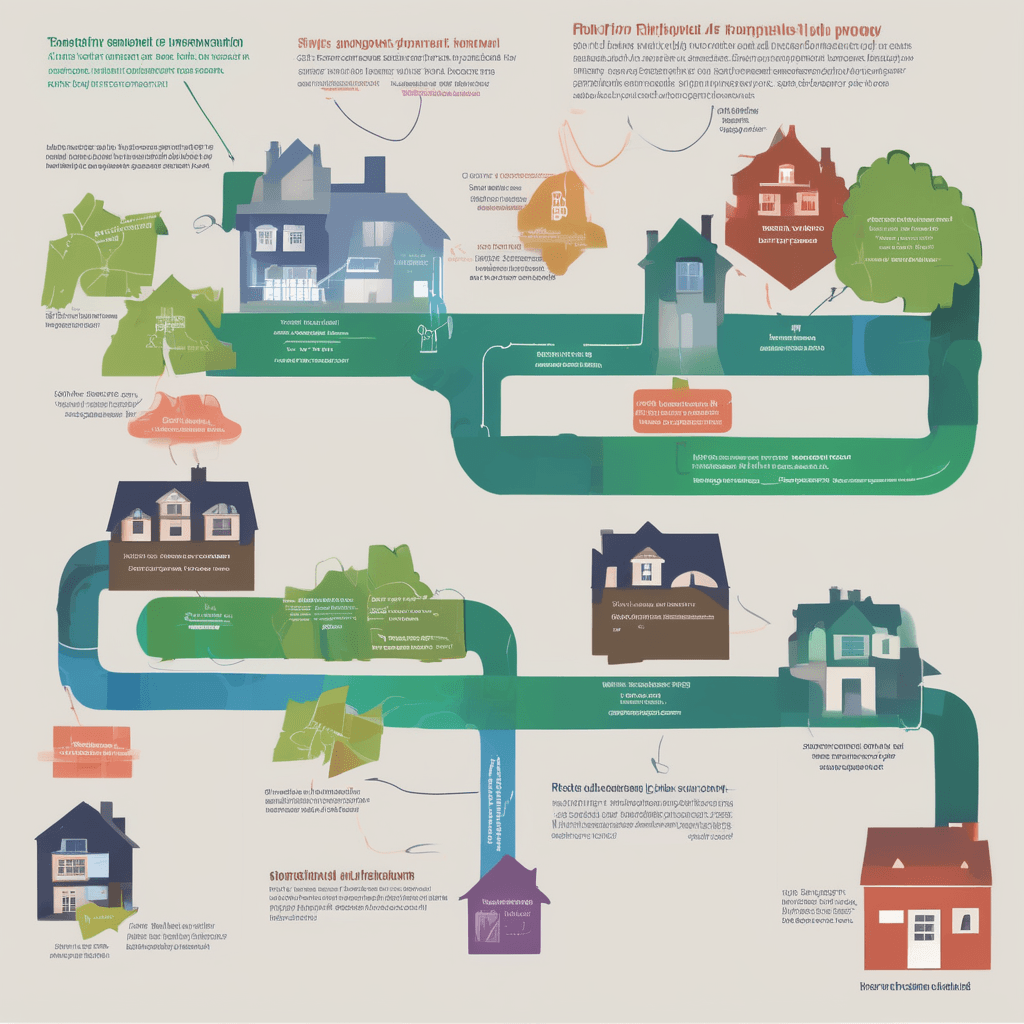Funding Your Investment Property: A Complete Guide to Deposits, Costs & LMI
Demystify the upfront costs of property investment and discover powerful strategies to build your portfolio sooner, even with a smaller deposit.

How Much Do You Really Need to Buy an Investment Property?
Navigating the Australian property market in mid-2025 can feel daunting, especially when the goal is to build an investment portfolio. Many aspiring investors get stuck on one question: "How much do I actually need to get started?" The common wisdom of a 20% deposit often seems like an insurmountable hurdle, causing many to delay their ambitions while property prices continue to climb.
This guide cuts through the noise. We'll break down the real upfront costs of buying an investment property and explore the powerful, often misunderstood, strategies that can help you enter the market sooner and smarter.
The Real Cost of Entry: Beyond the Deposit
Before you can invest, you need a clear picture of all the initial expenses. Let's use a $400,000 property as a working example.
The Deposit
A 20% deposit is the traditional benchmark because it allows you to avoid Lenders Mortgage Insurance (LMI).
Property Price: $400,000
20% Deposit: $80,000
Purchase Costs
On top of the deposit, you need to budget for transactional costs, which can add up significantly. These typically amount to 4-6% of the purchase price.
Stamp Duty: This is the largest expense. It's a state government tax that varies significantly depending on the property's location. You can find specific rates on your state's revenue office website, like the NSW Government site.
Legal & Conveyancing Fees: For the legal transfer of the property title.
Building & Pest Inspections: Essential for due diligence to uncover any hidden issues.
Buyers Agent Fees: If you use a professional to find and secure the property.
For our $400,000 property, these costs could be around $24,000. This means to buy with a 20% deposit, you'd need approximately $104,000 in cash.

The Smart Alternative: Lenders Mortgage Insurance (LMI)
Waiting to save $104,000 could take years, and in a rising market, you might find yourself chasing a moving target. This is where Lenders Mortgage Insurance (LMI) becomes a powerful strategic tool.
What is LMI? LMI is an insurance policy that protects the lender if you default on your loan, not you. The cost (the premium) is passed on to you, the borrower, and is typically added to your total loan amount. It allows you to borrow with a smaller deposit.
LMI in Action: A Cost-Benefit Analysis
Let's revisit our $400,000 property with different deposit amounts:
12% Deposit ($48,000):
Total Cash Needed: ~$72,000 (deposit + costs)
Estimated LMI Premium: ~$4,500
Benefit: You enter the market years sooner than saving for a 20% deposit.
10% Deposit ($40,000):
Total Cash Needed: ~$64,000
Estimated LMI Premium: ~$7,000
Benefit: Even lower cash outlay, but the LMI premium increases.
5% Deposit ($20,000):
Total Cash Needed: ~$44,000
Estimated LMI Premium: ~$17,000
Benefit: The lowest barrier to entry, but with a substantial LMI cost.
For investors, LMI is tax-deductible over a five-year period, which helps offset some of the cost. The key is to weigh the cost of LMI against the potential capital growth you could achieve by getting into the market earlier.
Advanced Strategies to Fund Your Purchase
Beyond saving cash and using LMI, seasoned investors use several other strategies to build their portfolios.

1. Equity Release from an Existing Property
If you already own a property that has increased in value, you can tap into that growth. This is called an equity release.
For example, if your home is worth $1,000,000 and your loan is $500,000, you have significant equity. A lender might allow you to borrow against this equity to fund the deposit and costs for a new investment property. This is a powerful way to expand your portfolio without saving a new cash deposit. A good mortgage broker will help you structure this correctly to maximize tax deductibility. Understanding your equity position is a critical part of portfolio planning, which you can monitor with powerful real estate analytics.
2. Parental Guarantor Loans
This strategy allows you to use the equity in a parent's property as security for your loan, enabling you to borrow up to 100% of the purchase price plus costs, thereby avoiding LMI. It's crucial that you, the borrower, can service the entire loan on your own income. The goal is to build equity in your new property quickly so you can refinance and release the parental guarantee.
3. Government Assistance Schemes
While many schemes are for first-home owner-occupiers, they are important pathways into the property market. Schemes like the Housing Australia First Home Guarantee allow eligible buyers to purchase a home with as little as a 5% deposit without paying LMI. This can be a great first step before venturing into investment.
4. Buying with Family or Siblings
Pooling resources with a sibling or family member can be a way to enter the market. However, this can complicate future borrowing capacity, as lenders often assess 100% of the shared debt against only 50% of the rental income. It's vital to have a clear legal agreement and understand the long-term implications.
Conclusion: Your Path to Investment Success
There is no single magic number for starting your property investment journey. While a 20% deposit is ideal, it's far from the only option. By understanding tools like LMI, leveraging equity, and exploring alternative strategies, you can get into the market much sooner. The key is to shift your mindset from simply saving to strategizing. Build a strong team around you—including a savvy mortgage broker and a buyers agent—and focus on acquiring high-quality assets that will drive long-term growth.
Ready to find your next high-growth investment? Dive deep into market trends and analyse opportunities with HouseSeeker's powerful [real estate analytics tools](https://houseseeker.com.au/features/real-estate-analytics).
Frequently Asked Questions
Is Lenders Mortgage Insurance (LMI) a bad thing?
Not necessarily. LMI is a tool with a specific purpose and cost. For many investors, the cost of LMI is a small price to pay to get into a growing market years earlier, potentially earning far more in capital growth than the LMI premium itself. It's a strategic trade-off.
Can I use equity from an investment property to buy another one?
Absolutely. The principle is exactly the same as using equity from your primary residence. As your investment property grows in value, you can release that equity to fund the deposit for your next purchase. This is a fundamental strategy for building a multi-property portfolio.
How do I find a property that will grow in value to release my parents' guarantee quickly?
This requires meticulous research into suburbs with strong growth drivers, such as infrastructure investment, population growth, and low vacancy rates. Using an AI-powered property search can help you filter for these specific attributes and identify promising locations more efficiently than traditional methods.
